On 26 September 2022, 11 million kilometres (7 million miles) from Earth, a spacecraft weighing 610kg (1,345lb) hurtled through space at 6.1km per second (13,645mph) and crashed headlong into an asteroid called Dimorphos.
The plume of debris it sent up was like something from a science-fiction disaster movie, but it was far from that.
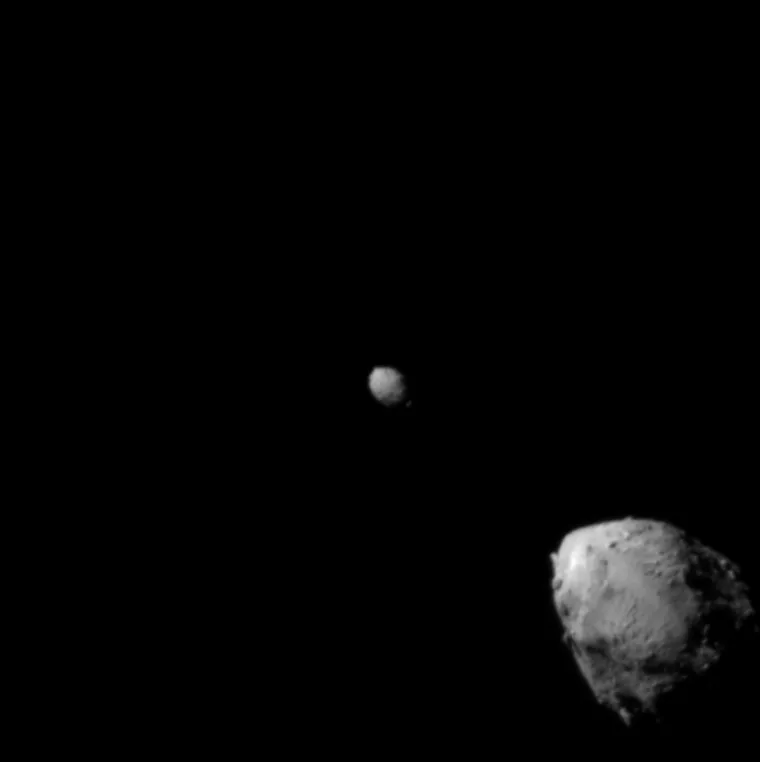
This was the culmination of NASA’s Double Asteroid Redirection Test (DART), a mission designed to test Earth’s ability to deflect an asteroid using a kinetic impactor.
The collision shortened the orbit of Dimorphos, demonstrating for the first time that humanity can alter the orbit of a body in space and defend our planet from incoming asteroids.
In October 2024, the European Space Agency (ESA) launched a follow-up mission to study the impact of this collision, known as Hera.
Hera's main objectives
Named Hera after the Greek goddess of marriage, the ESA mission will undertake a detailed and thorough investigation of the double asteroid system that Dimorphos is part of.
Its data will form an essential element of the plan to turn the successful DART experiment into a repeatable planetary defence strategy.
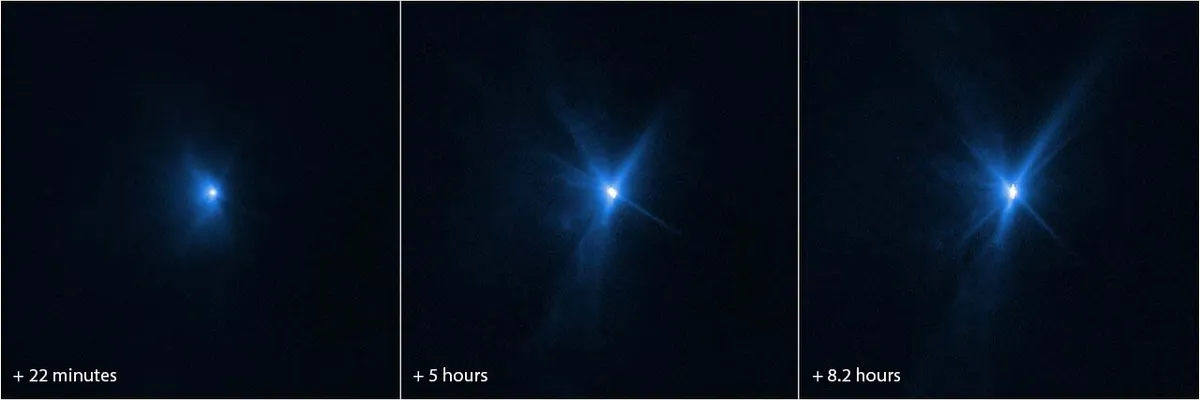
Hera will be the first mission to make a study of a binary asteroid.
The larger body of the pair, Didymos, is about 780 metres (half a mile) in diameter and spins once every 2.26 hours, putting it at the very limits of structural stability.

The smaller ‘moonlet’, Dimorphos, is just 160 metres (525 feet) across. About 15% of all small asteroids are binary.
Selecting one to send DART to collide with meant mission control could measure the effect the impact had on Dimorphos’s orbit as it transited Didymos after the impact.
It also helped that the Didymos system poses zero threat to Earth.
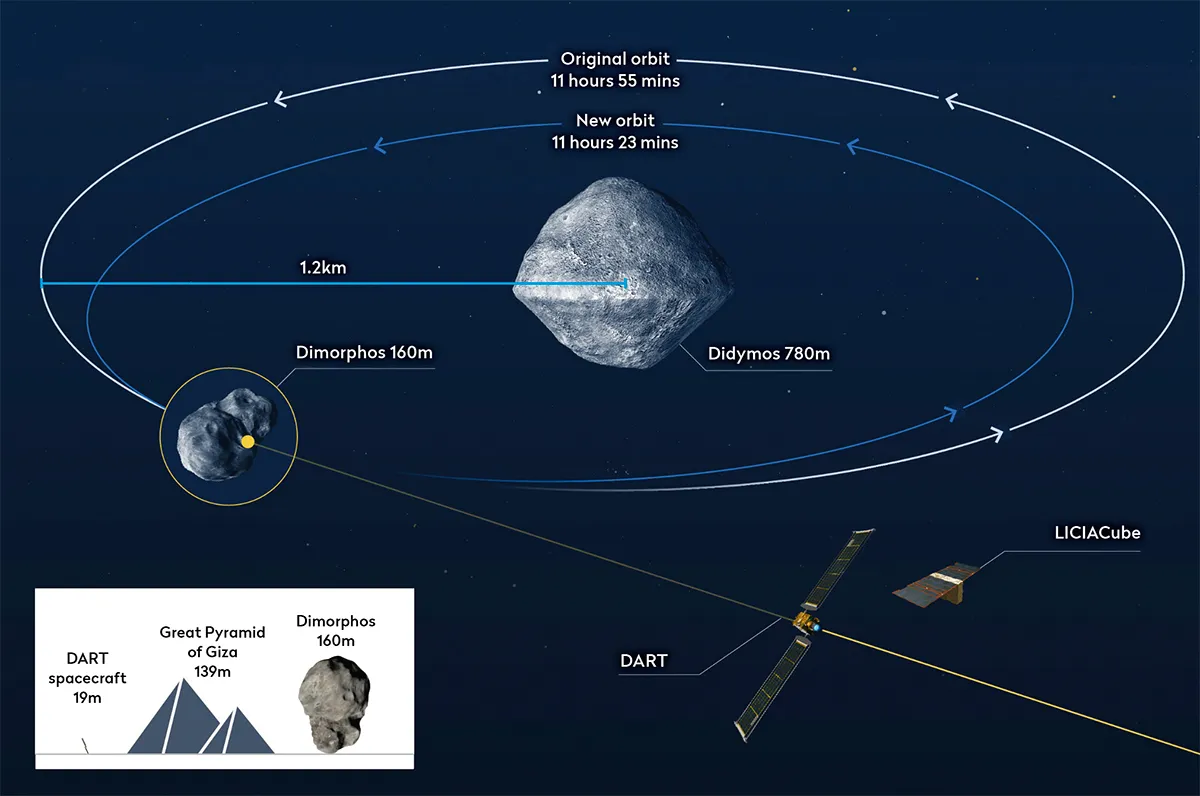
What we know about the DART impact so far
Scientists have already been able to paint a broad picture of how successful DART was, using ground observations and the Hubble Space Telescope.
For instance, the impact changed the shape of the moonlet.
Up until the mission, Dimorphos was a regular ‘oblate spheroid’, a squashed sphere wider around the equator and shorter pole to pole.
Now it’s thought to be a ‘triaxial ellipsoid’, a 3D shape with three axes of different lengths (think an oblong watermelon).
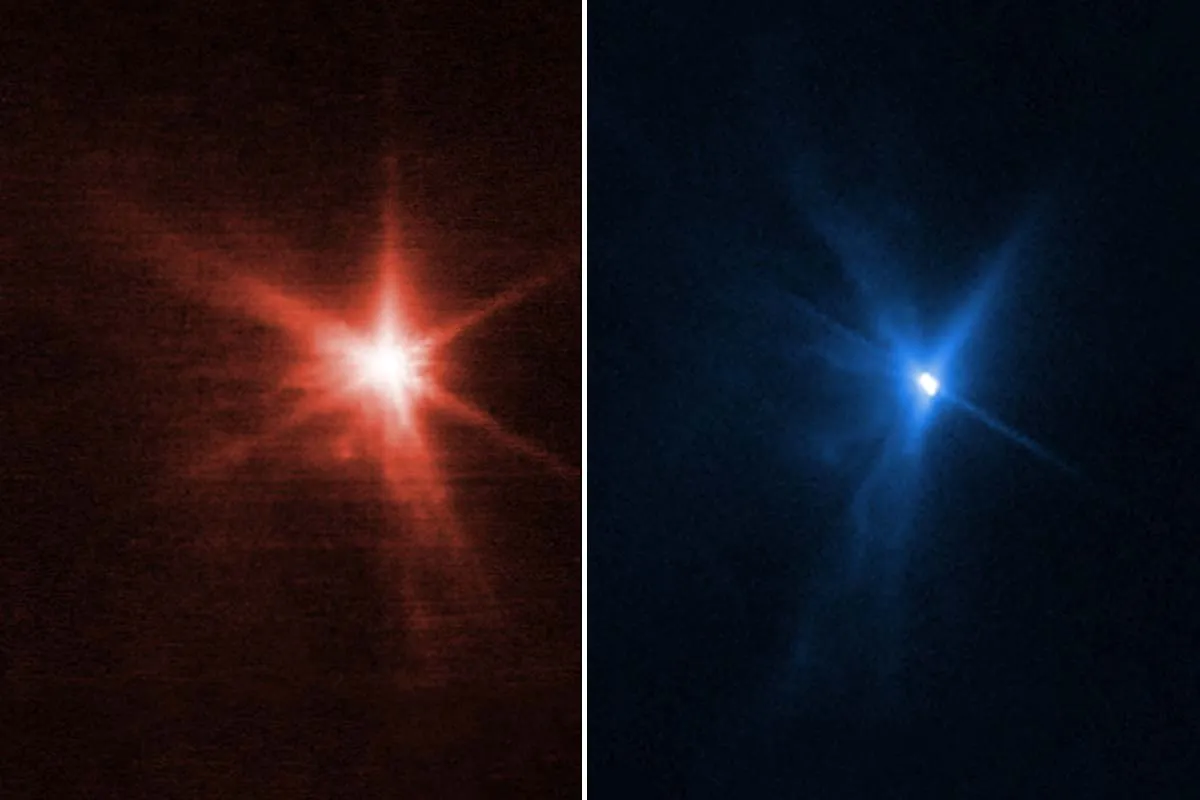
The impact also changed Dimorphos’s orbit.
Until 26 September 2022, it took 11 hours and 55 minutes to orbit Didymos; now it orbits in just 11 hours and 23 minutes.
By hitting the moonlet in the opposite direction to its orbit, DART shortened the orbit by 33 minutes and 15 seconds – far surpassing the mission’s objective of shaving 73 seconds off the orbit time.
This success is partly thought to be due to the debris ejected from the explosion acting like a thruster.
The impact turned Dimorphos into an ‘active asteroid’, one that exhibits a coma or tail, more like a comet.
In July 2023, Hubble imaged a swarm of 37 boulders drifting from the crash site.
Ranging in size from 1 to 6.7 metres (3.2 to 22ft) across, their total mass is about 0.1% the mass of Dimorphos.
But ground observations carry a 10% uncertainty, which Hera will remove when it arrives at the double asteroid, providing rock-solid observations.

What will the ESA Hera mission do?
It will be the ESA Hera mission’s task to investigate the crash scene and submit a full report.
Launching from Cape Canaveral aboard a Falcon 9 rocket, Hera will take two years to reach Didymos.
This space cruise will include a sequence of deep-space manoeuvres, including a fly-by of Mars to gain extra velocity, passing just 6,000km (3,728 miles) from the Red Planet’s surface.
It will use the opportunity to train its science instruments on Deimos, the smaller, more distant of Mars’s two moons, from 1,000km (621 miles) away.
Here, Hera will calibrate its instruments on an object that astronomers think is an asteroid that Mars captured into its orbit, along with its larger moon, Phobos.
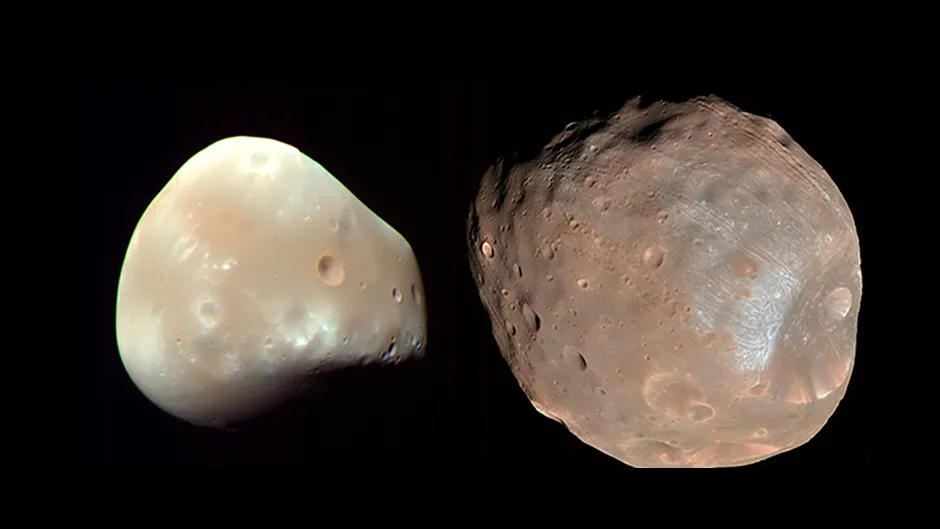
The ESA Hera spacecraft is due to reach the Didymos double system on 28 December 2026 and will carry out a six-month investigation.
It will measure the asteroid’s mass to determine the efficiency with which DART’s impact transferred its momentum.
Hera will also study the crater left by the collision in detail, to verify whether it’s the strength of the impact or gravity which is the most important for crater formation, furthering our understanding of the cratering process in low gravity.
It will also investigate changes in the moonlet’s orbit, spin and libration (wobble), as well as surveying the surface and interior composition of Dimorphos.
ESA Hera instruments and Cubesats
The Hera spacecraft itself will have two asteroid-facing cameras (AFC) on board, a thermal infrared instrument (TIRI) and a HyperScout H hyperspectral imager to identify the asteroid’s mineral makeup beyond the limits of visible light.
A laser range-finding instrument, the Planetary Altimeter (PALT), will be used for both navigation and science.
The ESA Hera spacecraft won’t be alone in its task. Hera will also carry two CubeSats, Juventas and Milani, each the size of a shoebox, weighing around 12kg (26lb).
These will be released once Hera reaches the asteroids.

Milani (named after Andrea Milani, the Italian mathematician and astronomer) will map Didymos and Dimorphos, and take images with its ASPECT spectrometer.
This will mean scientists can identify both bodies’ mineral composition, tell the characteristics of any dust left over from the impact and pick out individual surface boulders.
The two CubeSats and Hera will be linked by an inter-satellite system so that small changes in their positions relative to one another, due to the gravitational interaction of the asteroids, will help to assess their masses and gravitational fields.
The fleet of three craft will also pioneer autonomous navigation in deep space.
Both CubeSats and Hera carry visible-light cameras, lidar and star trackers so that they can autonomously navigate in the asteroids’ combined gravity field, which is 40,000 times weaker than on Earth.
Once the core mission is complete, the new technology will be put through its paces, steering itself through the system like a self-driving car.
Meanwhile, CubeSat Juventas (the Roman name for Hera’s daughter, Hebe) will carry the smallest radar ever flown in space, using it to carry out the first radar probe within an asteroid to determine whether Dimorphos is solid rock or a loose rubble pile.
Understanding its composition will help determine how to deal with asteroids that threaten Earth in the future.

Dealing with Earth-threatening asteroids
There are two basic methods of dealing with asteroid threats to our planet: fragmentation and deflection.
Many asteroids are loose rubble piles, so fragmentation by exploding a nuclear device above, or on, the surface is a possibility.
Drilling into an asteroid and planting a nuclear explosive to break up the asteroid and scatter the pieces was the solution depicted in the 1998 film Armageddon, but it’s a risky one.
Before any explosive is planted, you need a detailed knowledge of the asteroid’s composition, as any fragments larger than 35 metres (115ft) across would still pose a threat to Earth.
Deflection by impact, using kinetic impactors like DART or nuclear explosives, can work quickly and at short notice against a solid asteroid.
To be effective, they would need to delay or advance the approaching asteroid’s orbit by about seven minutes, giving our planet time to move one Earth diameter along its orbit, out of the way.
But direct methods may not work against a loose rubble-pile asteroid; indirect methods could be better.
These include attaching rockets to the asteroid, thrusting it out of the way, or using a theoretical ‘gravity tractor’ that would deflect the asteroid with its own gravitational field.
When Hera ends its mission with a planned landing on Dimorphos, and its CubeSats come to rest on Didymos, it and DART will have paved the way for a planetary defence strategy that could save life on Earth from such an extinction event in the future.
Are you excited by the ESA Hera mission? Let us know your thoughts by emailing contactus@skyatnightmagazine.com.
This article appeared in the October 2024 issue of BBC Sky at Night Magazine

